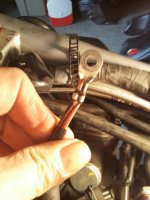Bonafide Bob
Cruisin' Guzzisti
My 2013 Stelvio has similar/ occasional symptoms, I will be pulling the tank in the near future to check connections.
Thanks for a well written and informative diagnostic report.
Bob
Thanks for a well written and informative diagnostic report.
Bob

